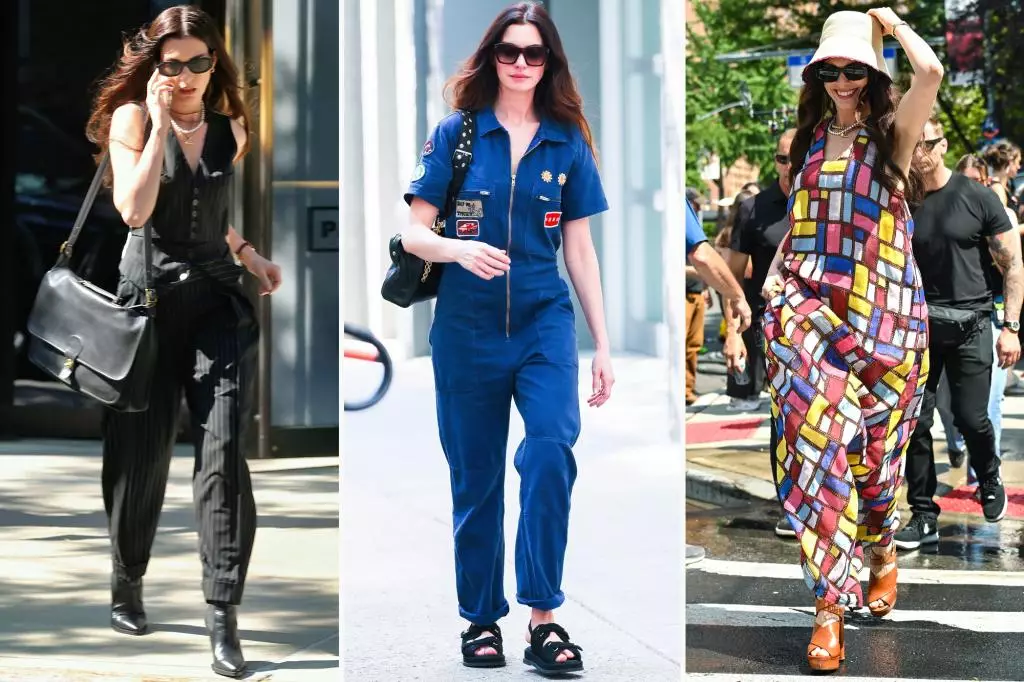The anticipation surrounding the filming of “The Devil Wears Prada 2” is proof of the enduring influence of the original film. More than just a sequel, it’s a bold declaration that fashion is an art form capable of shaping narratives, character identities, and cultural conversations. With the return of beloved characters played by Anne Hathaway, Meryl Streep, Emily Blunt, and Stanley Tucci, the new installment promises to maintain the sharp wit and style prowess that elevated the 2006 classic. The strategic inclusion of emerging stars like Rachel Bloom and Simone Ashley signals a desire to blend nostalgia with fresh perspectives, ensuring the franchise remains relevant and exciting to new audiences.
The film’s aesthetic choices seem to lean heavily into the power of high couture, transforming every scene into a runway statement. Rumored costume design by Patricia Field, renowned for her work on “Sex and the City,” is likely to reinforce the narrative’s sophistication with runway-ready ensembles. In fashion, what characters wear is never incidental; it’s an extension of their personalities and ambitions. The outfits glimpsed so far reflect this sentiment, emphasizing that fashion serves as both armor and expression—particularly in the cutthroat world of high fashion.
Fashion as a Symbol of Status, Ambition, and Reinvention
The detailed descriptions of Andy Sachs’ wardrobe unearth a deeper understanding of her character’s evolution. Her recent look blends sophistication with practicality—luxurious jewelry like a beaded Marlo Laz choker and Jemma Wynn toggle necklace speak volumes about her financial and social standing, while her casual yet stylish Gabriela Hearst maxi dress and Chloé platforms highlight her newfound confidence. The opulence of her accessories, from Fendi to Bulgari, underscores her reinvention; she’s no longer just a fashion assistant but a woman who navigates her world with calculated elegance.
What’s particularly compelling is the intentional contrast with her previous wardrobe. Andy’s switch from thigh-high boots to Chanel dad sandals symbolizes her shift from overt glamour to a more approachable, yet still high-end, aesthetic. This subtle but deliberate style evolution hints at her internal transformation—a move towards balance, power, and authenticity. The presence of vintage and collaborative pieces like Re/Done’s denim onesie from the Ford partnership underscores her embrace of uniqueness and reinvention, echoing her personal journey and the film’s overarching message that style is fluid and empowering.
The film’s visual storytelling, through wardrobe, reaffirms that fashion is undeniably a language of power—an assertion that characters don’t just wear clothes; they wield them as tools for assertion, resistance, and reinvention. As the sequel promises to delve into these themes, it further cements fashion’s role as an essential cultural force, capable of both reflecting and shaping societal values—reminding us that what we wear is as powerful as the words we speak.

